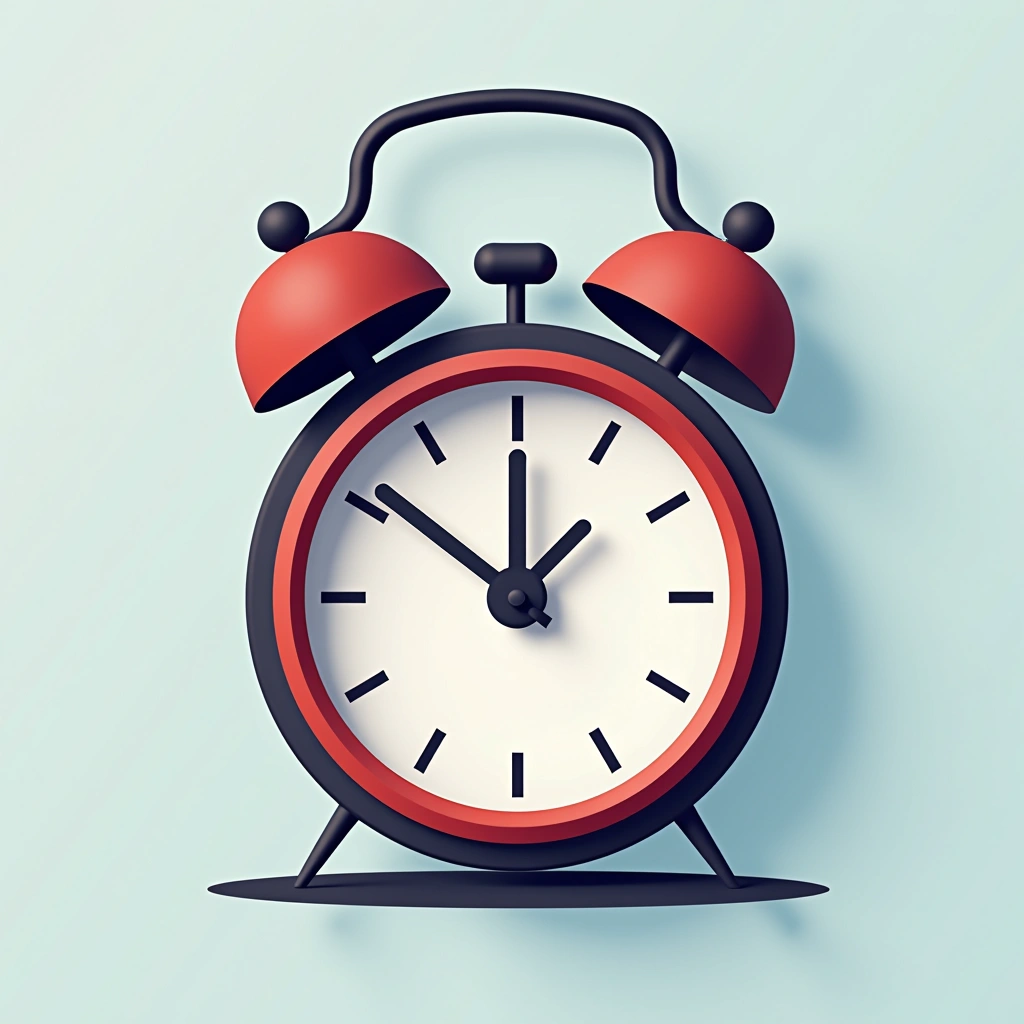
Practice Polyphasic Sleep
Take short 20-minute power naps at regular intervals throughout the day instead of one long sleep at night. This creates a total of only 2 hours of sleep in a 24-hour period, potentially maximizing productive waking hours.



Adopt Biphasic Sleep
Sleep for five hours at night and supplement with a two-hour nap in the late afternoon. This biphasic approach splits sleep into two distinct periods within a 24-hour cycle.


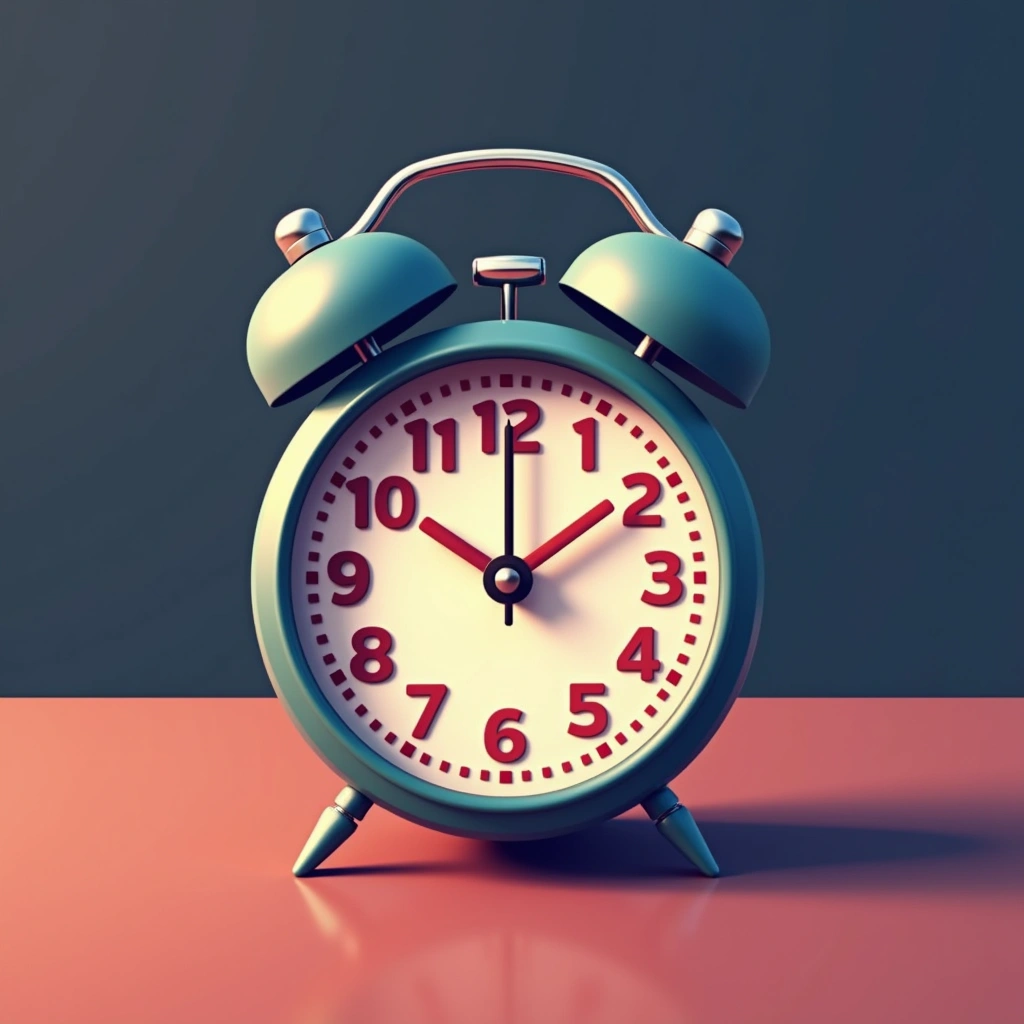
Minimize Sleep Hours
Sleep for only three hours per night, rising at 4 AM to begin the workday. This approach maximizes waking hours but requires adaptation to function with significantly less sleep than average.


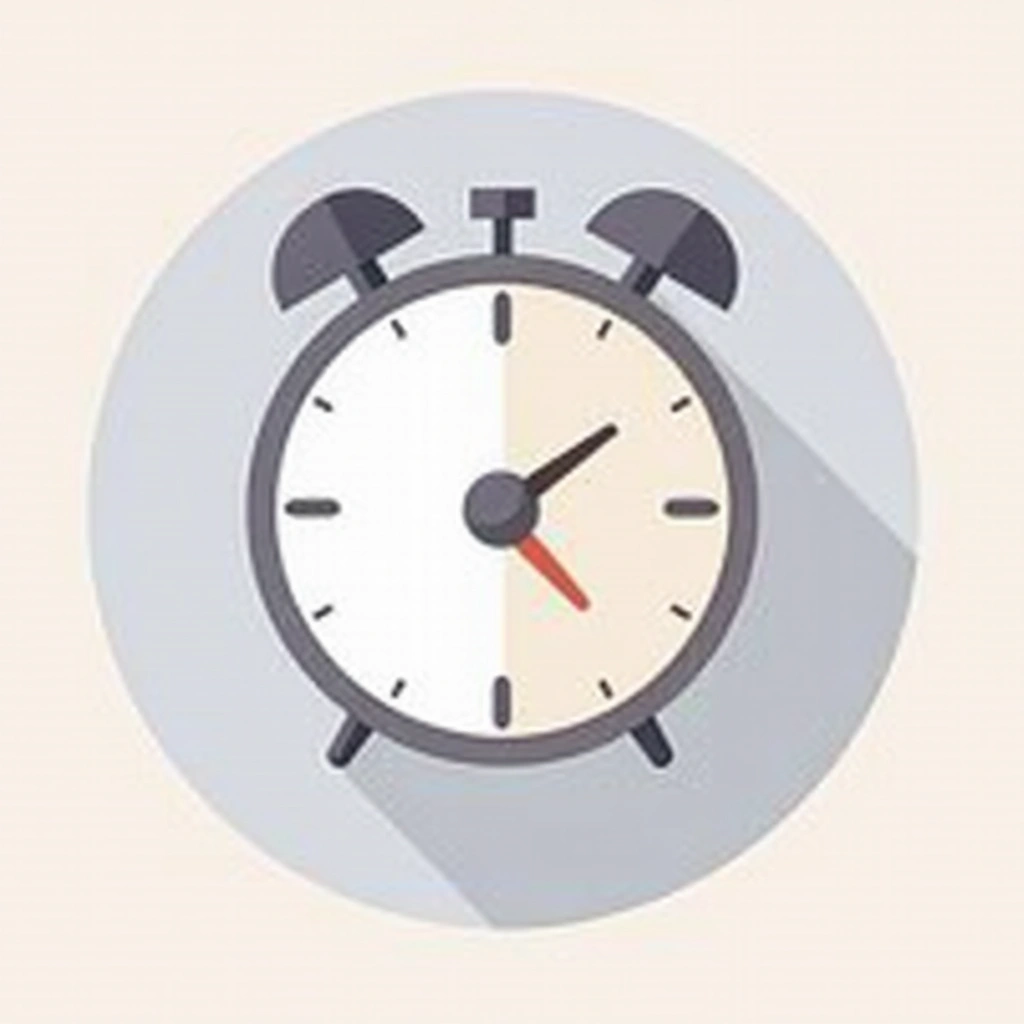
Maintain Consistent Schedule
Go to bed and wake up at the same time every day, including weekends and days off. This regular pattern reinforces your body's natural sleep-wake cycle and improves overall sleep quality.



Establish Bedtime Ritual
Perform the same relaxing activities each night before sleep, such as reading, listening to soft music, or taking a warm bath. These consistent pre-sleep activities signal to your body that it's time to wind down.



Exercise Regularly, Early
Incorporate regular physical activity into your daily routine, but complete strenuous exercise at least 2-4 hours before bedtime. Regular exercise promotes deeper sleep while the proper timing prevents sleep disruption.



Limit Evening Caffeine
Avoid consuming caffeine from coffee, tea, chocolate, and sodas in the afternoon and evening hours. Caffeine can remain active in your system for 6-8 hours after consumption, disrupting your ability to fall asleep.



Take Pre-Sleep Bath
Have a hot bath 1-2 hours before your intended bedtime to naturally induce sleepiness. The warm water raises your body temperature, and the subsequent cooling effect triggers your body's sleep mechanism.


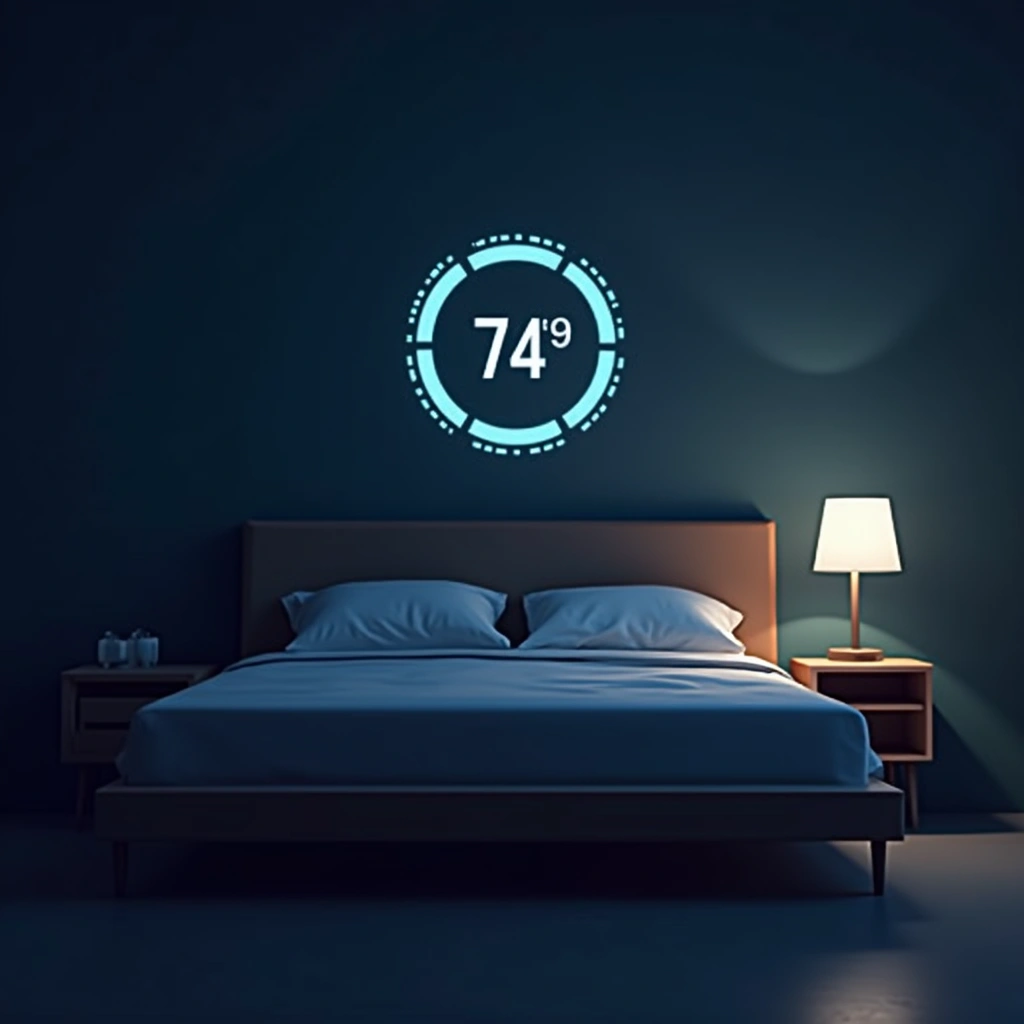
Optimize Sleep Environment
Maintain a cool room temperature (around 65°F/18°C) and use blackout curtains or an eye mask to ensure complete darkness. These environmental factors significantly improve sleep quality by supporting your body's natural sleep processes.


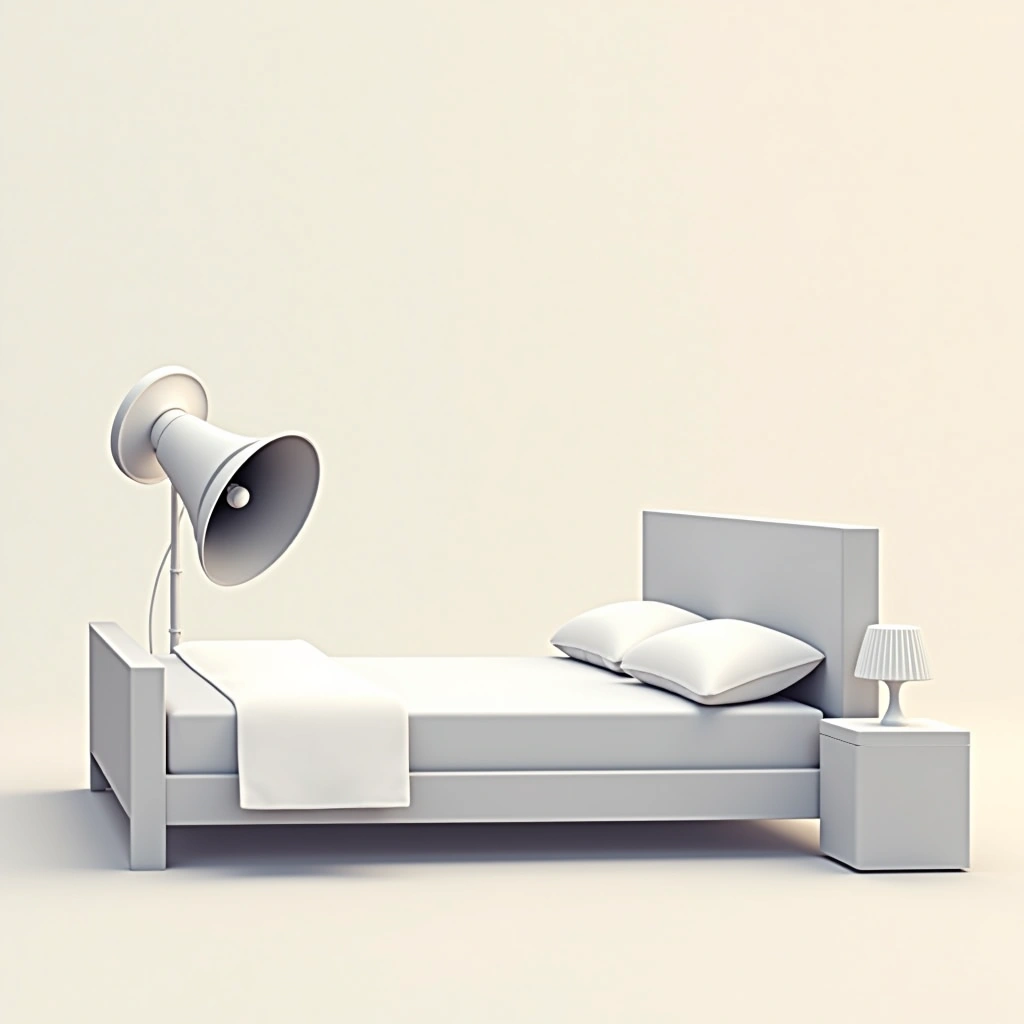
Manage Sleep Acoustics
Use earplugs, white noise machines, or fans to mask disruptive sounds during sleep. Creating a consistent sound environment helps prevent awakenings from unpredictable noises and improves sleep continuity.


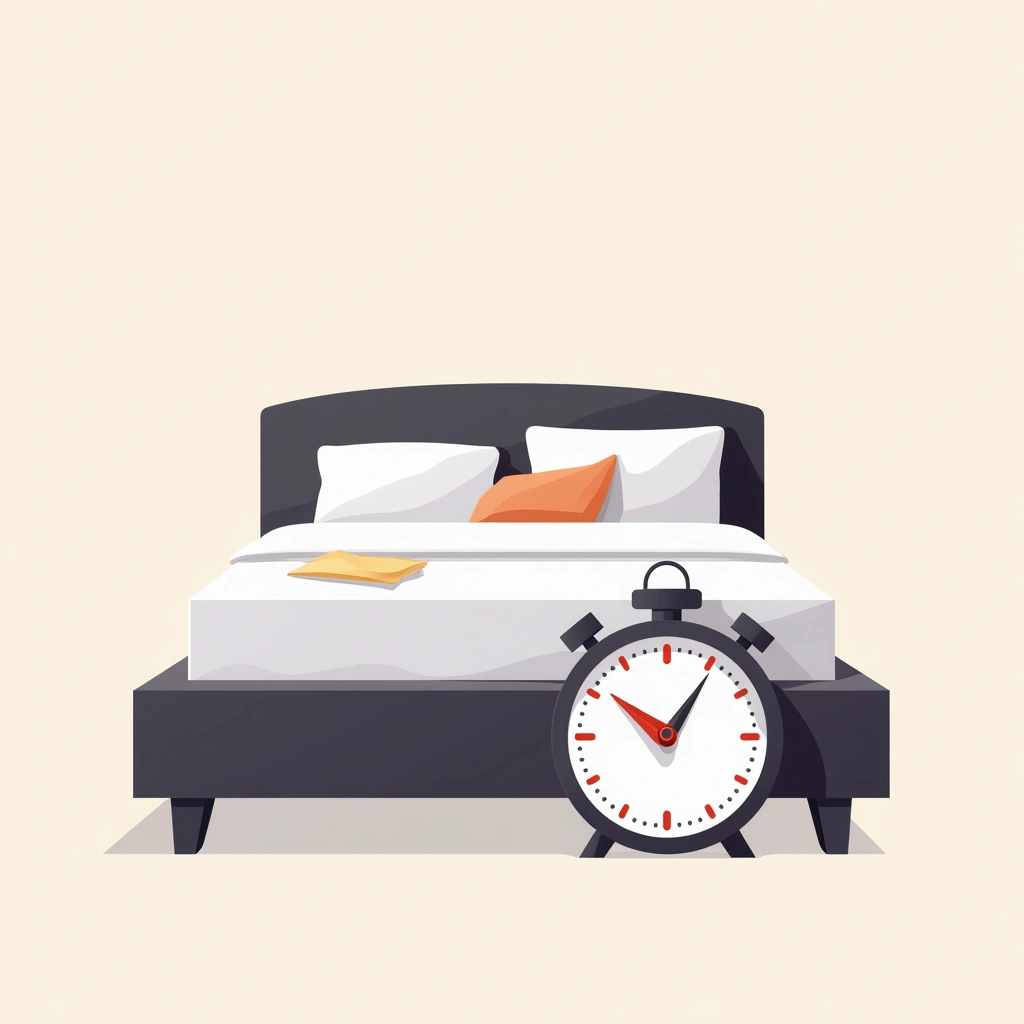
Limit Bed Time
Reserve your bed only for sleep and intimacy, limiting your time in bed to just the hours you need for sleep. This approach increases sleep efficiency and strengthens the mental association between your bed and restful sleep.



Create Wind-Down Hour
Dedicate the 60 minutes before bedtime to relaxing activities that prepare your body and mind for sleep. This transition period helps shift from daytime alertness to nighttime restfulness.



Create Pre-Sleep Lists
Spend 15-30 minutes before bed writing down worries, concerns, or tasks for the next day. This practice transfers thoughts from your mind to paper, preventing middle-of-the-night rumination.



Apply 20-Minute Rule
If you haven't fallen asleep within 20 minutes, leave your bed and do something calming in dim light until you feel sleepy again. This prevents creating negative associations between your bed and wakefulness.



Ban Pre-Sleep Screens
Avoid using phones, tablets, computers, and TVs at least one hour before bedtime. These devices emit blue light that suppresses melatonin production and keeps your brain alert.


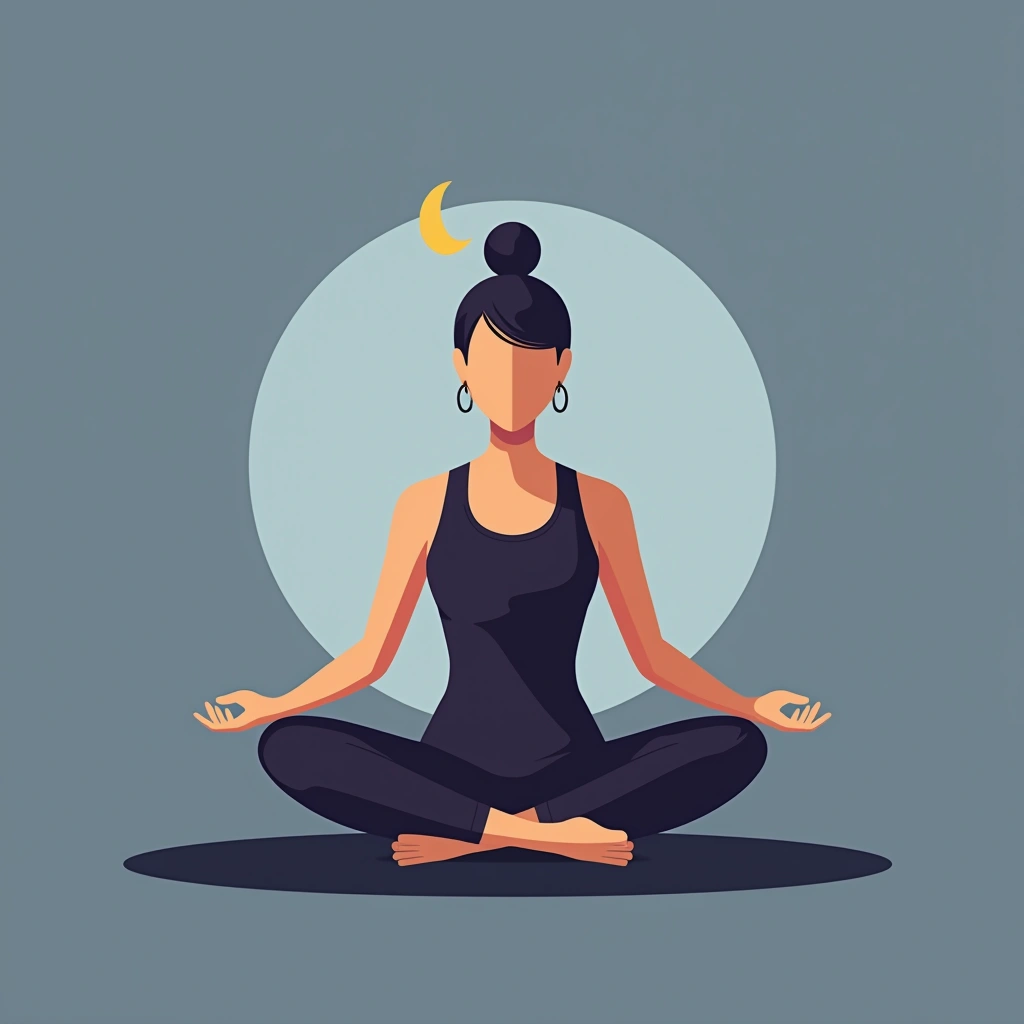
Practice Sleep Meditation
Incorporate guided meditation, deep breathing, or progressive muscle relaxation into your bedtime routine. These techniques activate your parasympathetic nervous system and quiet mental chatter that prevents sleep.



Limit Evening Meals
Avoid heavy or large meals within 2-3 hours of bedtime, opting instead for a light snack if hungry. Heavy eating activates your digestive system, making it difficult for your body to transition to sleep mode.


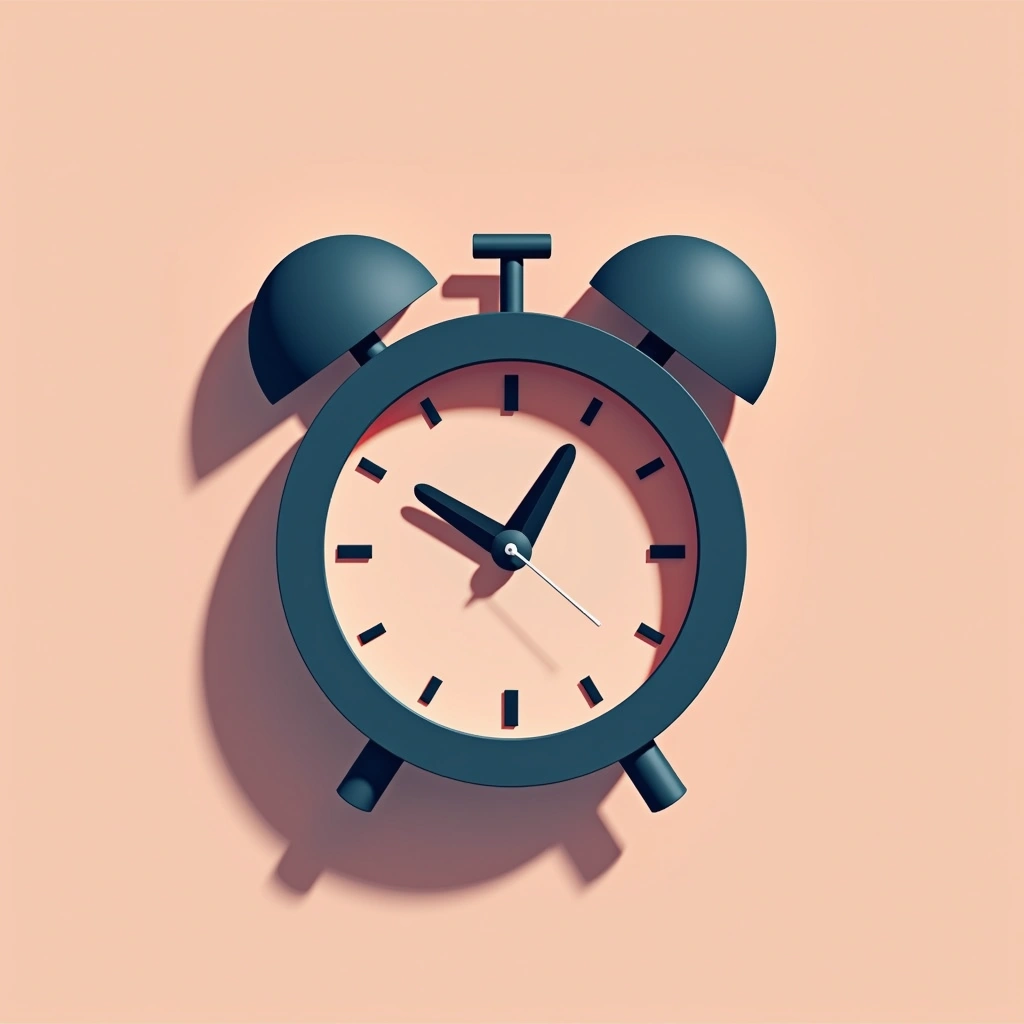
Restrict Daytime Napping
If you nap, limit it to 20-30 minutes and take it before 3 PM. Short, early naps can boost alertness without interfering with nighttime sleep.


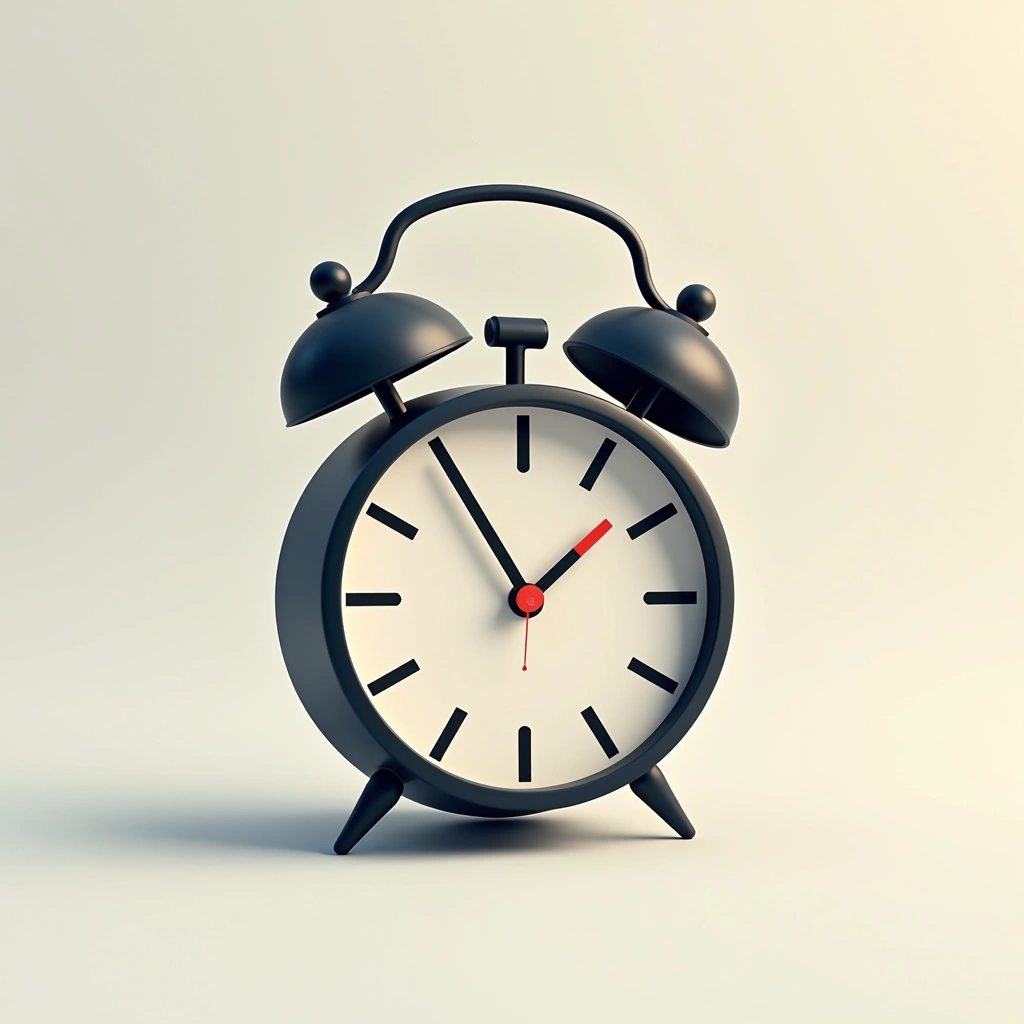
Hide Nighttime Clocks
Turn clock faces away or remove them from your bedroom entirely to avoid clock-watching during nighttime awakenings. Seeing the time typically increases anxiety about sleep, making it harder to fall back asleep.


Maintain Sleep Journal
Record your sleep patterns, habits, and factors affecting sleep quality for two weeks. This data-driven approach helps identify patterns and triggers affecting your sleep that might otherwise go unnoticed.



Choose Sleep-Friendly Snacks
If hungry before bed, opt for a small protein-carbohydrate combination like warm milk or a small banana. These foods contain tryptophan which helps produce serotonin and melatonin, promoting sleep.



Adopt Futon Sleeping
Sleep on a thin mattress placed directly on the floor in the Japanese tradition. This approach may improve posture and circulation while allowing for flexible use of living space.



Sleep in Hammock
Use a properly hung hammock for sleeping instead of a conventional bed. The gentle rocking motion and zero pressure points can promote faster sleep onset and deeper rest.



Use Altitude Chamber
Sleep in a specialized high-altitude chamber that simulates conditions of 8,500-9,000 feet elevation. This decreases available oxygen, forcing your body to work harder and produce more red blood cells.



Create Soundproof Sleep Space
Sleep in a specially soundproofed room designed to contain snoring noise. This approach prevents sleep disruption for partners while allowing for undisturbed rest despite snoring issues.


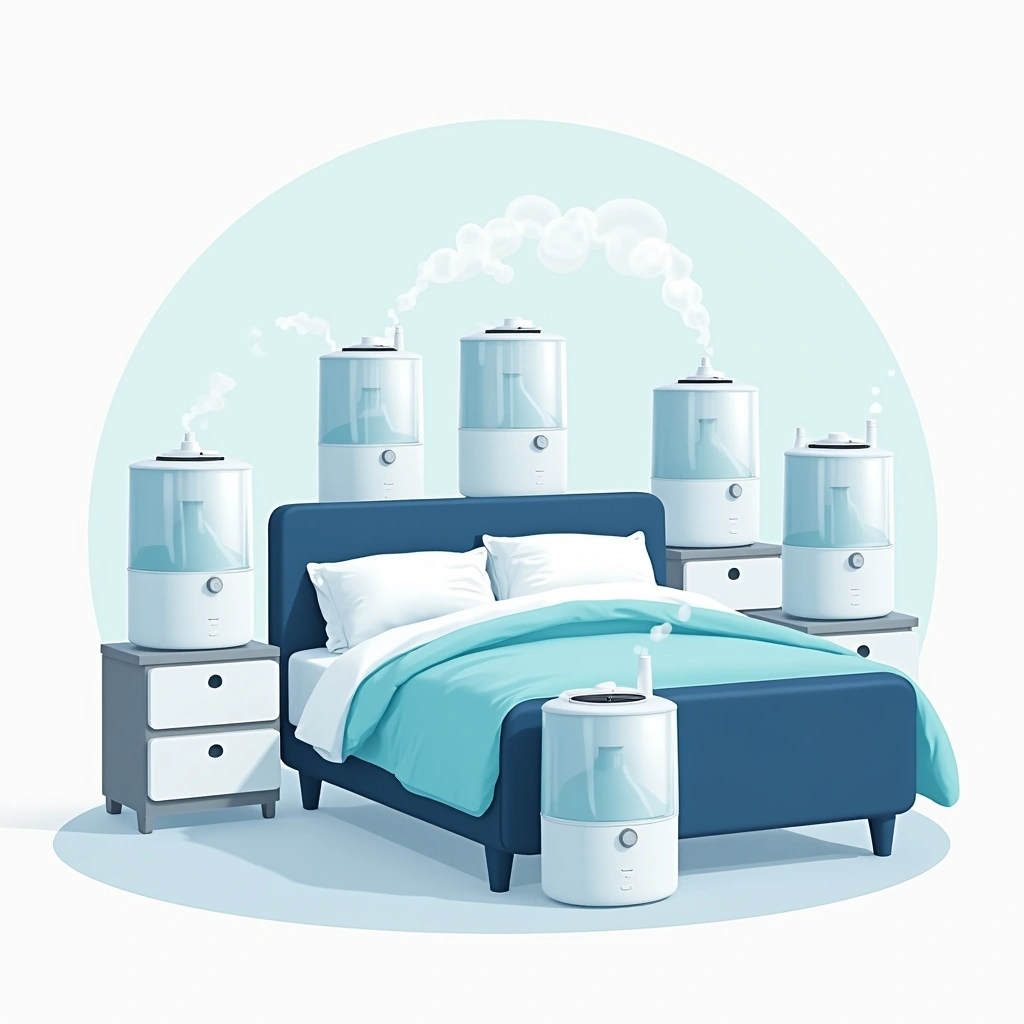
Humidify Sleep Environment
Place multiple humidifiers around your bed to create a steam-room-like sleeping environment. The increased humidity can benefit vocal cords, skin, and respiratory function during sleep.


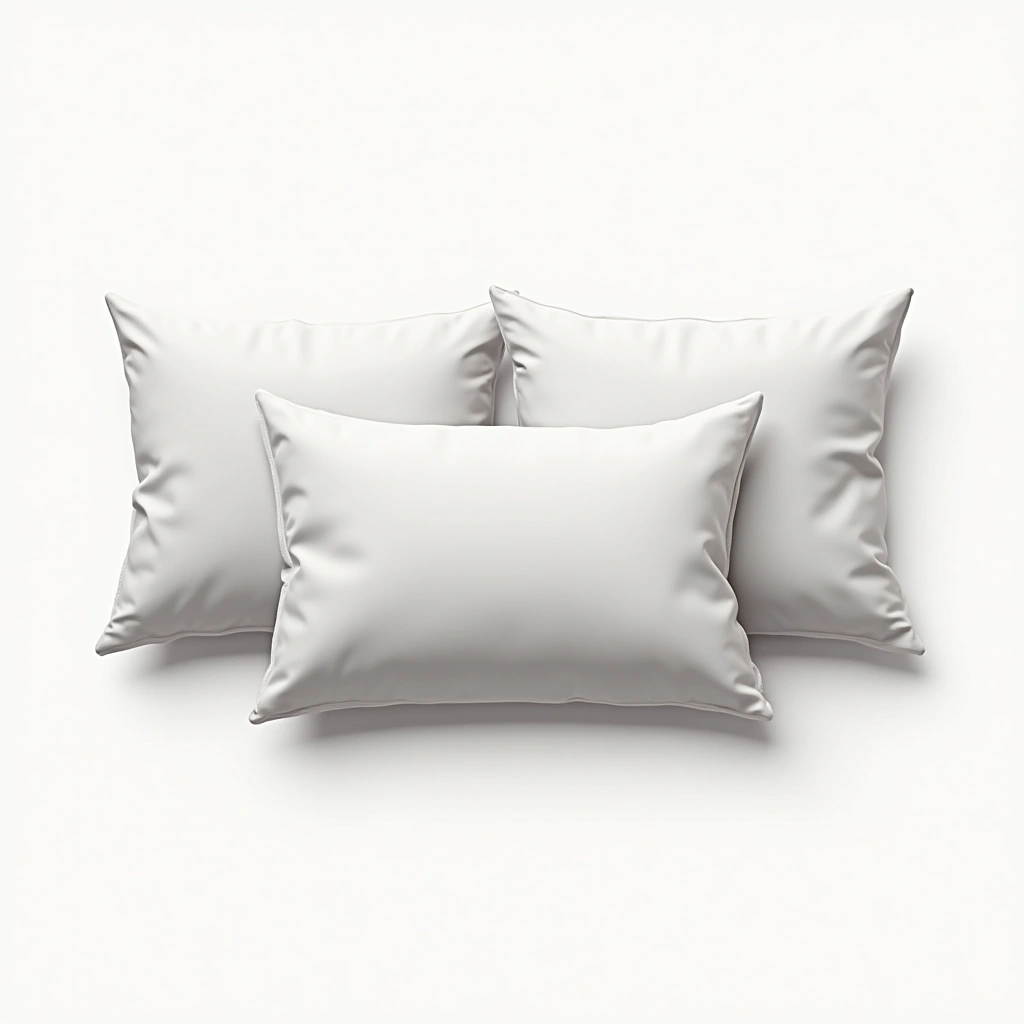
Arrange Pillows Precisely
Position pillows with open sides of pillowcases pointing toward the center of the bed as part of a consistent bedtime ritual. Creating exact sleeping conditions can signal to your brain that it's time for sleep.



Block Light Completely
Use aluminum foil on windows to create complete darkness in your sleeping environment. This extreme light-blocking method eliminates even the smallest light leaks that might disrupt sleep quality.



Practice Pre-Sleep Pacing
Walk in circles around a room until feeling sufficiently tired for sleep. This gentle physical activity can induce natural tiredness while providing time for mental unwinding.


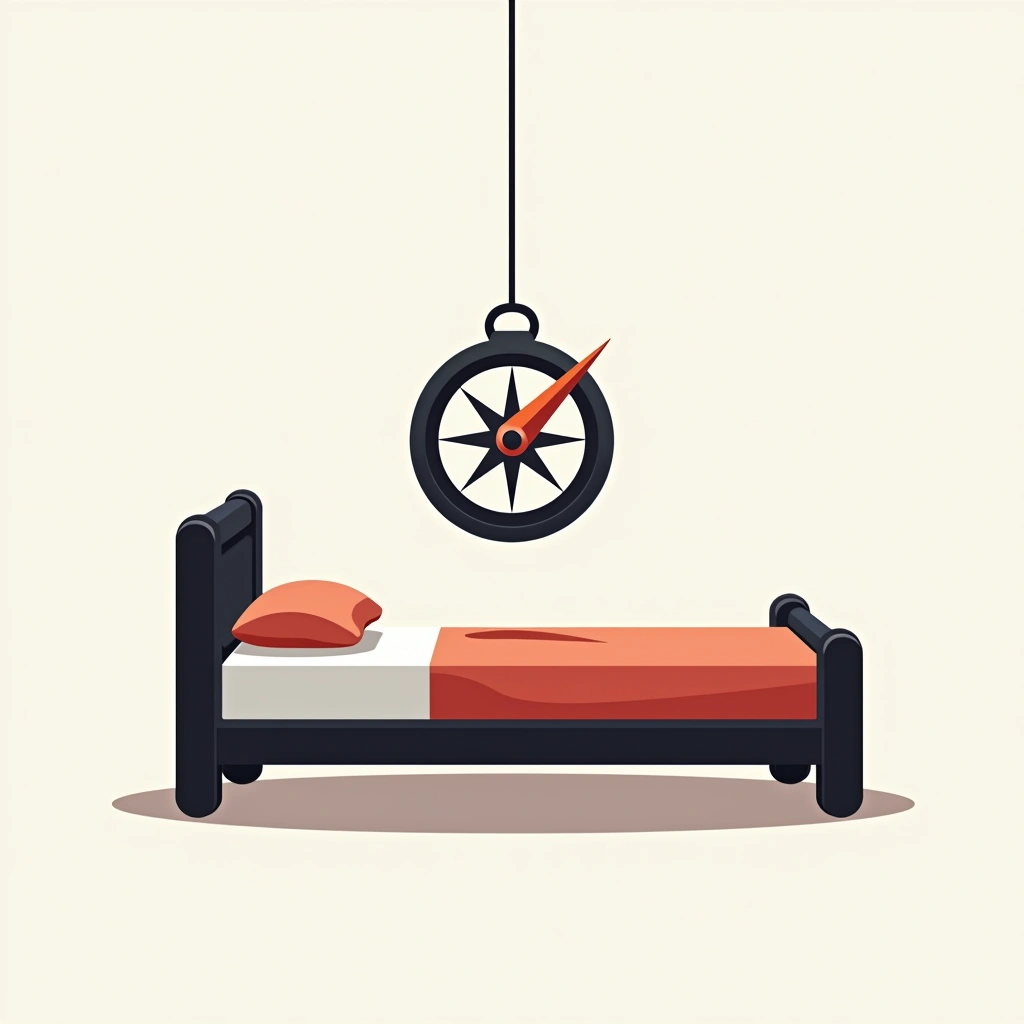
Orient Bed Northward
Position your bed so that you sleep with your head pointing north, and verify direction with a compass if needed. This approach aligns with the Earth's magnetic field, potentially affecting sleep quality.

